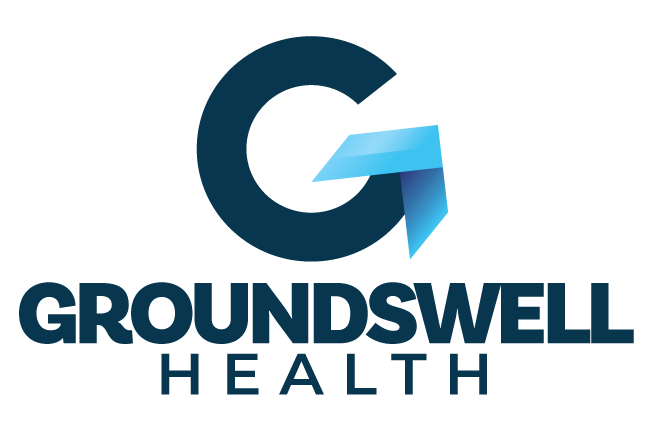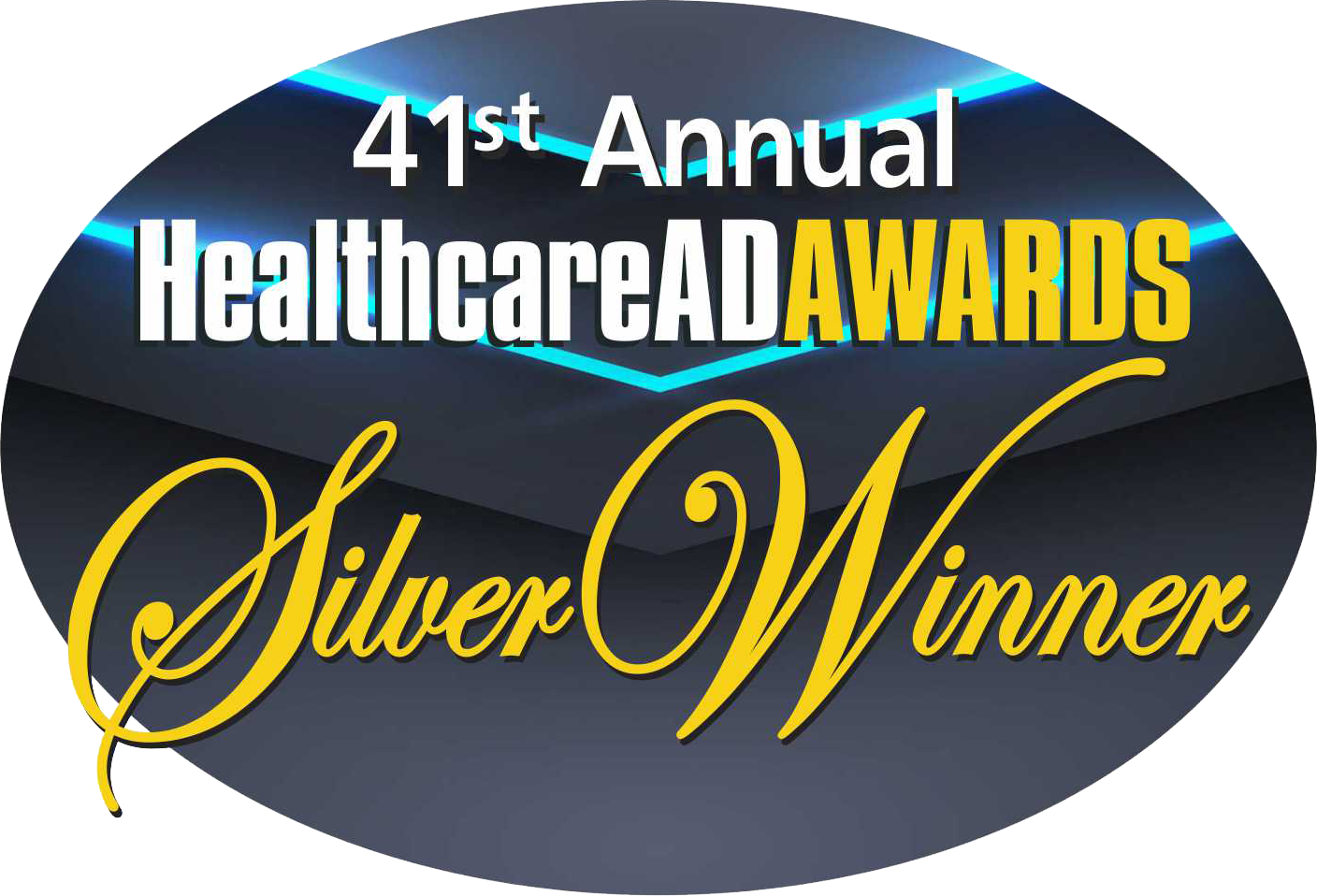Do You Want to Be Right or Do You Want to Persuade?
You have to read all the way to end of this otherwise brilliantNew York Times column on persuasion to get to the main point that trying to convince the general public of the efficacy or lack thereof of various things (vaccines, low-value care, supplements) just by sharing facts and studies runs completely counter to human nature.
The tendency to think that I know better.
The column’s author concludes that, “It seems important [therefore] to engage the public more, and earn their trust through continued, more personal interaction, using many different platforms and technologies. Dropping knowledge from on high ….. doesn’t work.”
The column’s primary target is scientists who have failed to understand the powerful impact of cognitive bias and theDunning-Kruger effect on individuals’ decision making and therefore have failed to change that decision making about vaccines, supplements, etc.
But, anyone who works in health care know that scientists certainly are not the only profession guilty of ignoring the obvious.
Health care leaders haven’t been able to convince many members of the public that death panels don’t actually exist. That Medicaid expansion isn’t a path to socialism. That compliance with treatment protocols is important.
They have failed to engage the public. To earn their trust.
An effective communications strategy, and I use the word “strategy” intentionally, must recognize the power of cognitive bias and deploy every tool to counter it. Health care institutions must, must, must prioritize communications as a c-suite level activity and integrate it into the core operations and practices of every leader and board member.
A recent Harvard Business Review article revisits Aristotle’s 2,000 year-old work,Rhetoric, to outline a formula for communications success, one that is particularly essential in a society as divided, inattentive and often dug-in as ours:
- Give the audience a reason to trust the message, not by listing accolades or credentials, but by demonstratingethos or character.
- Form a rational argument.
- Tell a story. Make the audience feel something.
- Use metaphor to translate the abstract into the concrete so that it becomes memorable and, importantly, in a digital world, shareable.
- Be brief.
Then this formula must be operationalized. Every leader and board member must understand and embrace the core value propositions and key messages of whatever are identified as priority topics. Then these messages must be promulgated through multiple platforms and channels with consistency and regularity.
This is hard work to be sure. But health care institutions fundamentally are in the business of influence and persuasion on both the micro and macro levels. A holistic, professionally developed, trust-based communications strategy is the only way to take down “I know better” and change opinion and behavior.
See what else Groundswell Health is working on in healthcare >>
Groundswell Health Recognized With Industry Awards
Austin-based Groundswell Health this month received industry recognition for its work in strategic healthcare communications. The healthcare-focused communications firm
Celebrating Our Hospital Partners During National Hospital Week
May 12-18 is National Hospital Week, an opportunity to recognize and celebrate the hospitals, health systems, and dedicated health care
From Whim to WeWork to Winning Awards
Lance and I started working together in 2013. It didn’t take long to discover that what we had in common
SAY LESS: Mastering the Art of Concise Communication #WhatWe’reReading
By Jovi Guerra, Communications Manager | Groundswell Health 📖 Smart Brevity: The Power of Saying More with Less Co-creators
Medicare Advantage Headlines >>
Why Medicare Advantage Plans are Losing More Providers
Medicare Advantage plans’ excessive denials, restrictive provider networks, and contentious contract negotiations continue to increase the number of health systems
Medicare Advantage Has Become Notorious for Prior Authorization Burden
Medicare Advantage plans denied 7.4 percent of medical professionals’ prior authorization requests, or about 3.4 million requests, according to a












